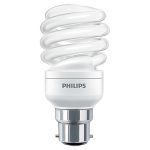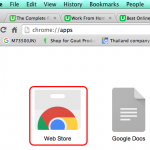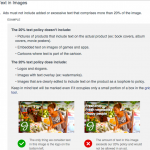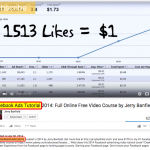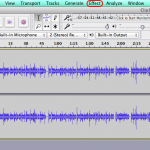When you create a blog post or a page in WordPress it has to be identified by a unique link, which is like an address or a phone number. In order for users to reach your blog post they need to know the address, the “Permalink”. It is called a “Permalink” because it is a Permanent Link that is assigned for the life of the content. Read on to know how to use Permalinks.
A WordPress blog out of the box has a default permalink, which is not ideal. It looks like: www.domain.com?p=123. Not only this link structure is not pretty, but it does not help your blog posts to rank well as there is no keyword contained in the link. It is necessary to set up your permalinks just after your blog has been installed in order to start your search engines optimization.
Permalinks can be changed at anytime, but it is really not a good thing to do on an old blog as all your links have been on the Net for a while, shared, indexed in search engines and used in lots of other websites to link back to your blog. Changing the permalink structure would brake all the links and an immediate loss of traffic and ranking in search engines would follow. It is like changing address or phone number, you have to tell all your friends.
How to use Permalinks then?
Just after the blog has been installed go to the “Settings” menu, then click on “Permalinks”.
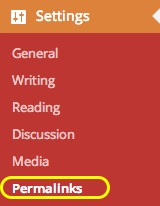
You will see this page.
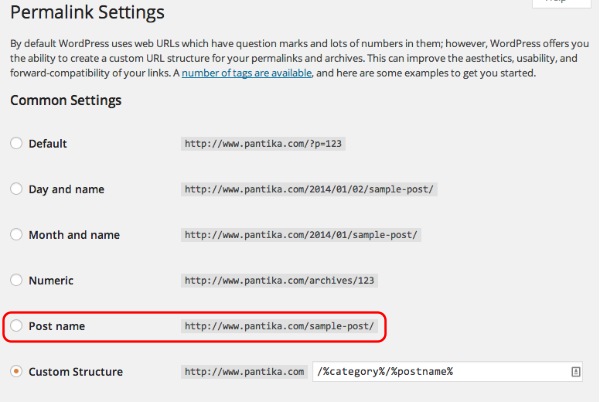
The first option is the default option discussed earlier.
Then you have the “day and name” and “month and name” options, which will give you a time classification and the keyword we need identified by “sample-post”.
You have a “numeric” option, which does not help much in terms of SEO.
And then you have the “post name” option, which is the permalink structure I recommend you using. It contains the domain following by the keyword. The permalink for this post would be: https://www.pantika.com/how-to-use-permalinks-in-wordpress, which contains the title of the blog post. It could be renamed to a shorter permalink like this:
https://www.pantika.com/permalinks-wordpress
You could also make a custom permalink like the one I am using for this blog, which is the category plus the blog post name. I used the code: /%category%/%postname%. This structure can really help your search engines optimization efforts as the category is another important keyword to include. The only drawback is that it makes the link longer.
This is how it will show in search engines:

How to use Permalinks codes?
You can use a combination of the codes available in WordPress to design your permalink structure if you desire so.
The codes are:
- %second% >> Second of the minute the post is published (“45” for example).
- %minute% >> Minute of the hour the post is published (“12” for example).
- %hour% >> Hour of the day the post is published (“10” for example).
- %day% >> Day of the month the post is published (“30” for example).
- %monthnum% >> Month of the year the post is published (“01” for example).
- %year% >> The year of the post is published (“2014” for example).
- %post_id% >> The post unique ID (“237” for example).
- %postname% >> The post slug from the title of the post.
- %category% >> The category slug of the post.
- %author% >> The author’s name of the blog post.
You may for example use this structure if you have many authors on your blog:
/%author%/%category%/%postname%
I hope this article on how to use Permalinks has been useful to you.
Have a nice day.


